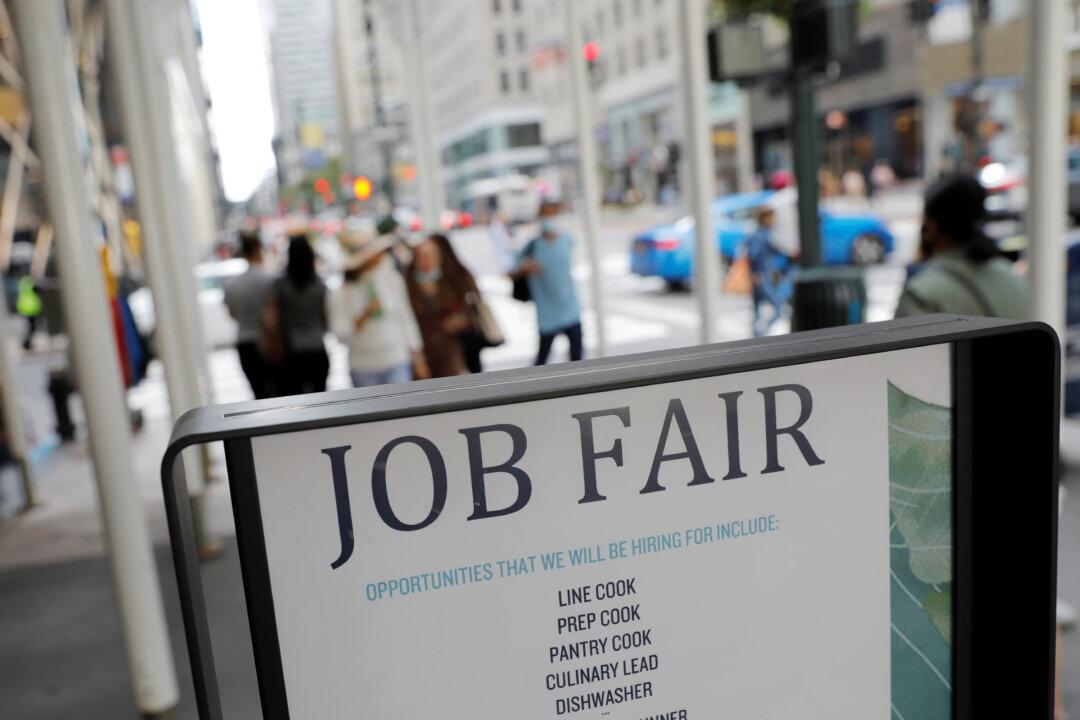New jobs created printed at 253,000 on May 5, according to the Establishment Survey, well above market expectations of 180,000 jobs. Net revisions were down 149,000 jobs from February and March. That makes the average three-month creation of 222,000 jobs.
The Household Survey, which is compiled from different data, showed 139,000 people were newly employed.





